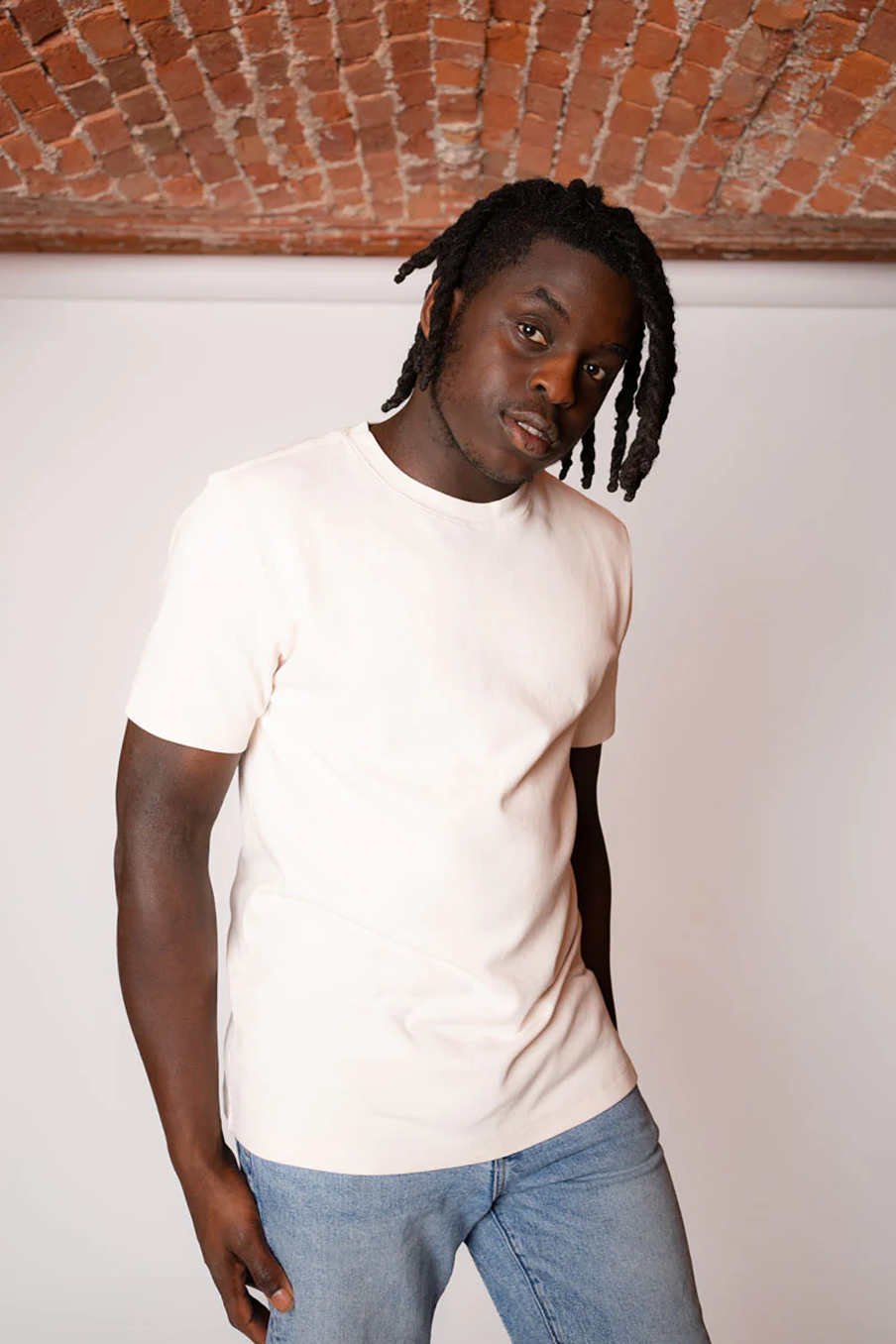A Book About The World’s Most Holy Places

Holy Places looks at how pilgrimages have changed the world. For thousands of years, pilgrimages have been walks of faith and sometimes political acts.
The author follows the trail through 19 sacred sites, from the templates of Jerusalem to the banks of the River Ganges in India, by way of Lourdes in France.
Author Kathryn Hurlock is head of history research and reader in medieval history at Manchester University. A religious historian, she has written for many publications.
Do People Get Cured at Lourdes (France)?

The best known pilgrimage site in the world is likely the French town of Lourdes, where many sick or disabled Catholics visit the shrine, in the hope of miraculous cures? Of course, the question is do they? And if someone does get cured, why don’t all the others?
Situated at the foot of the Pyrenees mountains, the town itself has just 15,000 people but around 5 million people visit each year, in the hope of receiving a miracle cure.
It is here that it’s said the Virgin Mary appeared in a vision to a young teenage peasant girl who was eventually made into St Bernadette by the Pope.
She had several visions near a well (which is where people visit to bathe or drink the waters). And although she herself died young from TB, her body was exhumed more than once, with people amazed that she was almost mummified, rather than her body decomposed.
Since the visions at Lourdes, there have been some confirmed ‘miracles’ at Lourdes, but only 70 (not many considering the millions of people who visit). Others say that it is the faith and prayer, rather than the water, that may have helped.
Critics say that the huge prices charged to often vulnerable families with children in wheelchairs for life, has made a mockery of religion. The town generates almost £300 million in profits, often for luxury hotels.
The so-called ‘Disneyland of God’ the town sells glow-in-the-dark statues of the Virgin Mary along with plastic bottles of ‘healing water’.






